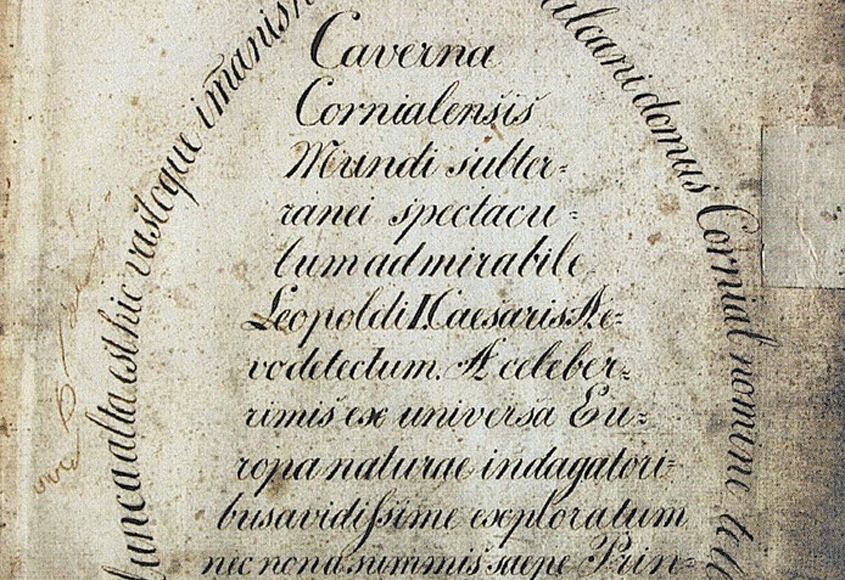Vilenica - the oldest show cave in Europe
The Vilenica Cave is the oldest show cave in Europe, perhaps even the world. Tours have been held since as far as 1633.
Notable visitors
The first visitor of note was Leopold I, Holy Roman Emperor, who visited the Lipica Stud Farm and then the Vilenica Cave in 1660. However, he was not the only royal to visit the cave: Ferdinand I, king of the Two Sicilies (1790), Leopold II, Holy Roman Emperor, Archduke of Austria (1790 and 1791), Francis I, the Emperor of Austria (1816 and 1818), and Frederick Augustus II of Saxony (1836) all visited the cave. Another visitor of note was the natural scientist Balthazar Hacquet, who also visited the cave in 18th century.
The first visitor's book
The visitor’s book was introduced in 1821. Today it is kept at the Karst Research Institute (ZRC SAZU) in Postojna. By 1889 already more than 2000 domestic and foreign visitors were recorded in it.
Poetic inspiration
The Venetian Giuseppe Campagnioni was so inspired by the diversity and colorfulness of the dripstones in the cave that he wrote an epic poem about the Vilenica Cave and dedicated it to his betrothed Aspasia.
Positive energy line in front of the Vilenica Cave
The artist Marko Pogačnik, a student of geomancy, chiseled cosmograms that represent the human connection to the subterranean world into stone pillars from the Lipica quarry and erected them in front of the Vilenica Cave. A dragon line (positive energy line) also passes the cave.
Lipica Stud Farm
The Lipica Stud Farm is the home of the Lipizzan horses, one of the oldest breeds of horses. The stud farm history traces back to the 16th Century (founded in 1580). From that period onward, all landscaping was greatly influenced by the main objective – breeding the Lipizzan horses.
Sežana botanical garden
The origins of the garden date back to 1848 when Giovanni Scaramnagà di Hiccolo Cavaliere from Trieste started planting it next to his villa Mirasasso (admirer of the stone). He was a botanical enthusiast and grew plants from several parts of the world, many of them you can still see today while strolling through the garden.
Tabor Lokev Military Museum
The Lokev Military Museum is located in a defense tower named Tabor built in 1485. Visitors can acquaint themselves with World War I and World War II through the exhibited collection of uniforms with the corresponding equipment and weaponry.
